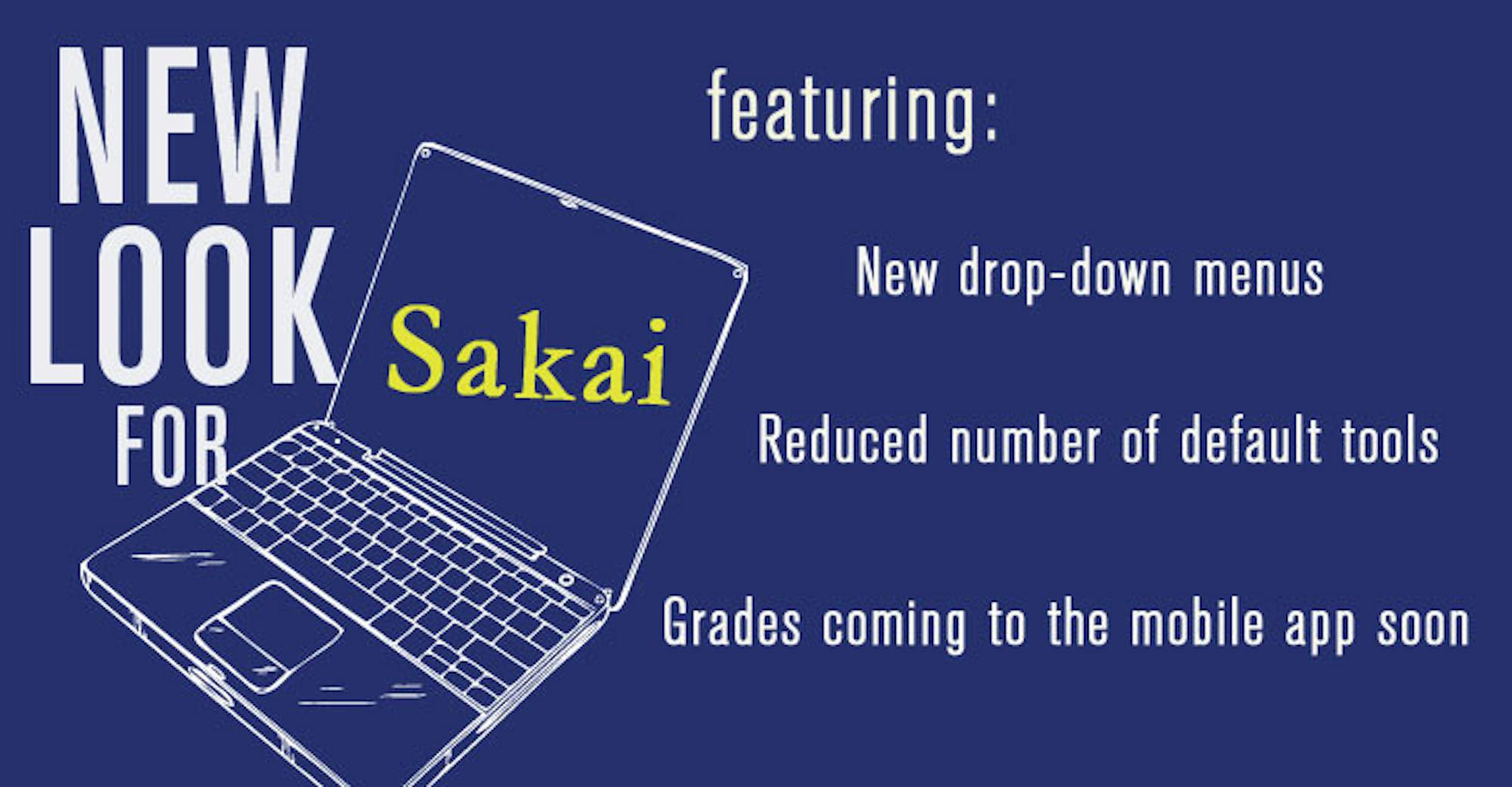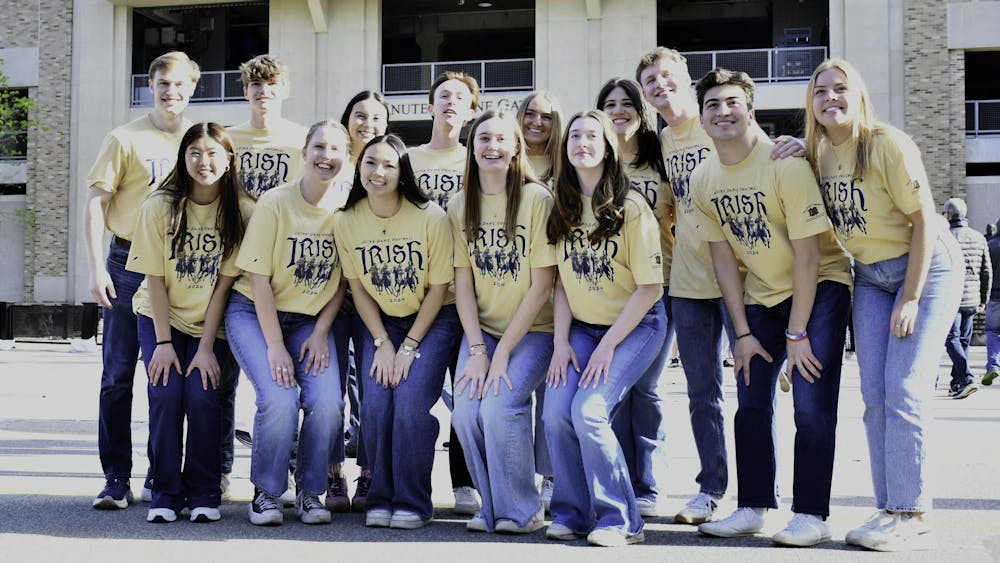Sakai, the online learning platform utilized by the University, received a variety of updates over the summer, including a new color scheme and drop-down menus, Laura Gekeler, learning management system (LMS) administrator and concurrent instructor, said.
“We made changes to address both student and faculty needs, although I have to say that we heard more from the general student body than faculty at large this time,” she said.
“Based on student feedback, we reduced the number of default tools in each course to the two most frequently used ones — ‘Gradebook’ and ‘Resources.’ she said. “Faculty can still use the other tools, but they need to intentionally add them to their courses when they want to use them. Students told us they often found courses with tools which contained no content, and they were frustrated at having to click through them to discover that.”
Gekeler said the LMS team routinely reviews potential updates to the learning management system based on advice from the Learning Management Guidance Council, a team with cross-campus faculty representation.
“The council has already approved one change,” she said. “Our team is currently working to implement a way to make [student] Sakai grade data available in the mobile ND app. We intend to make it available sometime this fall.”
Gekeler said 38 percent of faculty who have teaching assignments use Sakai.
“Surprisingly, this means that 80 percent of our undergraduate population has at least one class which uses Sakai,” she said.
Notre Dame is among several universities that also use Sakai’s services, Gekeler said.
“Our Sakai practices and methods follow in the footsteps of those who’ve used Sakai far longer than Notre Dame," she said. "We’re involved in a rich community of practice from whom we’re still learning."
Gekeler said some instructors only use Sakai to share grades and files.
“Sakai is an easy way to disseminate digital course content, including grades,” she said. “Then there are faculty who intentionally extend their face-to-face classroom engagement beyond the classroom through the structure of their syllabus, their course methods and their use of tools in Sakai. Other universities, such as Rutgers, Duke, UNC and Loyola are involved in this trend as well.”
Conducting classes completely online using Sakai as the main delivery platform is also possible, Gekeler said.
“We have some of those types of Notre Dame courses supported by Sakai as well. Many institutions have complete online programs conducted entirely in Sakai,” she said. “This is not to be confused with the popular buzz word “MOOC” (massively-open online course) which requires special infrastructure to scale for masses. Our current Sakai environment is not set up this way, nor is it an established or recommended practice to scale Sakai for masses of concurrent users.”













